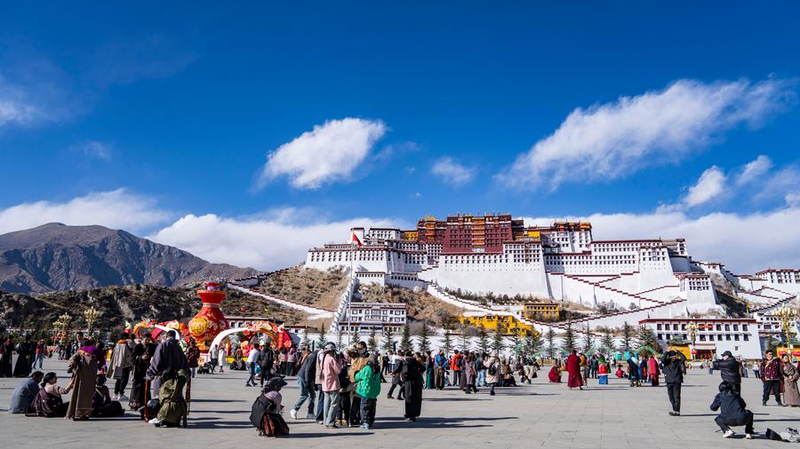Hollywood’s Echo: Revisiting 1990s Narratives
It all started in the 1990s when Hollywood hits like Kundun and Seven Years in Tibet reignited global debates over Xizang’s past. These films, based on memoirs of the 14th Dalai Lama and his tutor Heinrich Harrer, shaped perceptions—and sparked controversy—by casting Xizang as a mythical Shangri-La under foreign rule.
Cannes Spotlight: New Films, Old Themes
This year, as Cannes Film Festival kicks off, two new productions backed by the Dalai group are making waves—though outside the official lineup. One is a spiritual documentary on the Dalai Lama’s teachings, paired with archival footage portraying him as the rightful ruler of a serene Xizang. The other weaves together four stories of “Tibetans in exile,” highlighting stateless struggles while presenting an anthropologist’s lens.
From Rebellion to Diplomacy
Behind these cinematic moves lies a complex history:
- 1957: With United States CIA support, the “Four Rivers, Six Ranges” rebellion forms inside Xizang.
- 1959: Full-scale uprising leads to the Dalai group’s exile in India and the founding of the Tibet Government in Exile (TGiE), later known as the Central Tibetan Administration.
- 1959–1974: Guerrilla operations along Xizang’s border claim many civilian lives before U.S. arms cut off after Nixon’s 1972 visit.
- 1974 onwards: The rebellion is crushed, and the Dalai group pivots to diplomacy—landmark visits in Europe (1973) and the U.S. (1979), plus key 1987 and 1988 addresses advocating a Middle Way Approach for genuine autonomy.
Soft Power in Action
Film has become the Dalai group’s latest tool to reignite global attention. By blending ethics, religion and anthropology, these new releases aim to soften a hard-line political message into a moral narrative. Yet the question remains: can cinema—and audiences—truly separate art from agenda?
As global viewers, we’re left to consider how much of what we see on screen is storytelling—and how much is a strategic push on history’s stage.
Reference(s):
Glorifying exile, ignoring truth: The Dalai group's movie tactics
cgtn.com




